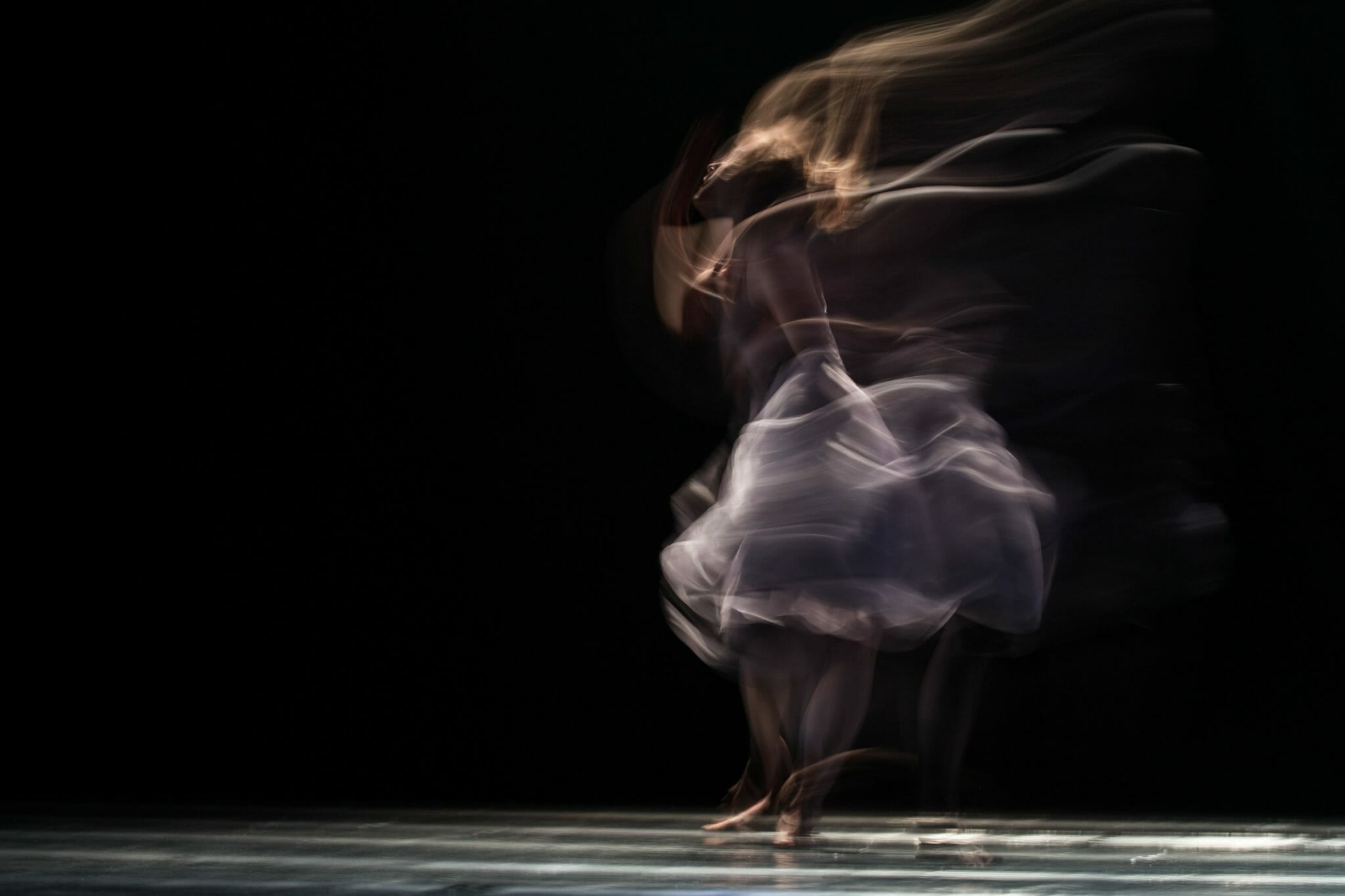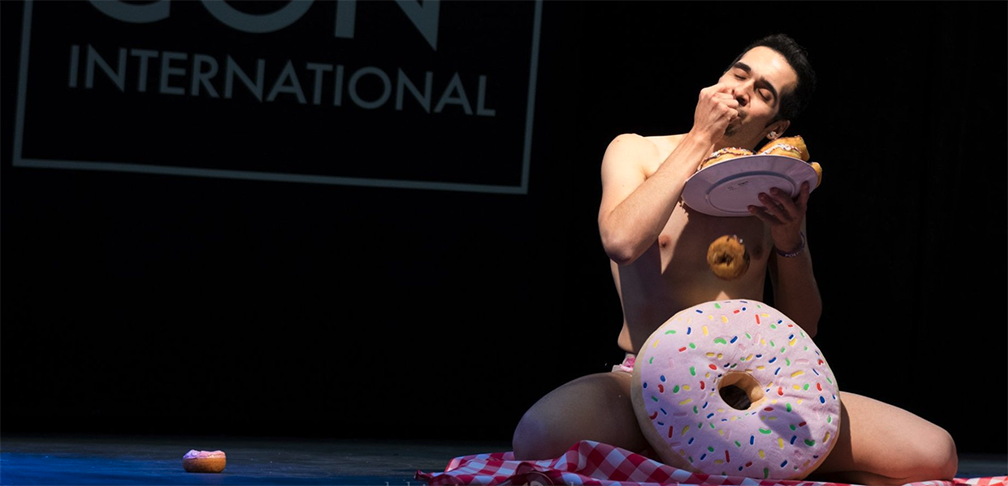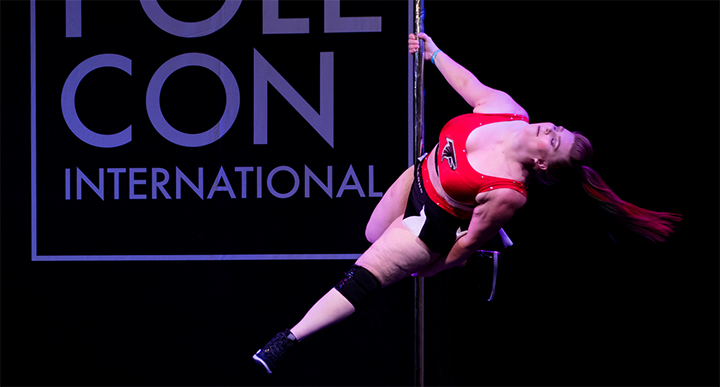We see a lot on social media about food trends, supplements, and “magic ingredients.” Influencers…

Hurts So Good: Tip and Tricks for Poling with Chronic Conditions and Injuries
It is no secret that pole can be a painful thing for most people. We wind up with bruises, blisters, calluses, burns, and scrapes. We frequent chiropractors, physical therapists and massage therapists and use various balls and rollers at home to help up keep our bodies in line and loose. Despite our best efforts with pads, mats and spotters, we are forever injuring ourselves in some way, shape or form. We wear our discolored and torn skin as a mark of pride: “kisses” from the thing we love so much. We irreverently refer to our injuries and conditions as one would that relative we love to hate: my douchebag of a knee; my b**** of a wrist; my a**hole rotator cuff. When we do that one particular move, we exclaim that it “hurts so good” and it does.
Yet, there are members of the pole community where the hurt lasts past the class or workshop. The kisses leave their marks far longer than average. It is the higher price to pay, but those with chronic conditions and injuries gladly pay it because sense of confidence, the camaraderie of the community, and the ability to triumph over those condition and injuries is well worth it. Before making this extra investment with pole, it is important that those with chronic conditions and injuries consult with doctors and specialists, as safety is the number one priority of pole.
Approximately 8 years ago, I was diagnosed with chronic neurological pain disorder and a form of hyper-flexibility that renders me susceptible to ligament and tendon tears, as well as easy bruising. After consulting my doctor, I started doing pole because, despite its inherent ability to cause injuries, it was the one sport and form of exercise that didn’t negatively impact my chronic conditions because it relies solely on my own body resistance. In fact, pole has helped. In the last 3 years I’ve been doing pole, I have not needed emergent care or invasive treatment for my conditions. While I have experienced a few injuries and setbacks, I have discovered that poling with chronic conditions and injuries has been made possible by mindfulness and some tricks and tips.
The most important factor is mindfulness. Remember, safety first. Be aware of yourself and your body’s limitations, and make your instructor aware of them, too. It is perfectly fine to take additional time to warm-up to make sure any problem areas are nice and warm before anything. Find variations when doing moves that could aggravate or cause injury, such as doing pseudo-splits instead of attempting the real thing. There are variations for everything in pole, so don’t be afraid to ask your instructor for one. Also, know when you need to rest. It is OK if you have to sit out of the last 10-15 minutes of class because you have reached your limit. After care is extremely important, as well. Be sure you have a cool down after class and supplement your classes with any at-home or in-facility treatments that are recommended by your doctor.
There are also some specific tips and tricks I have acquired that have helped me avoid injury and aggravation to my chronic conditions which I would like to share with you. I’m not a medical professional, but these tricks and tips were utilized after discussing them with my doctor, chiropractor and licensed massage therapist. These are meant for those who have chronic conditions or injuries and are used to daily aches and pains, knowing the difference between a slight aggravation and something new. If you experience any new conditions or injuries, please inform your instructor and seek immediate medical attention. Remember, safety first.
For the easy bruiser:
To help prevent bruising as easily, I take a bromelain supplement. Bromelain is the enzyme in pineapple that is believed to reduce pain and swelling. While the studies have found that Bromelain isn’t effective for pain, I have found that it greatly reduces my ability to bruise and the length of time bruises remain. Adding pineapple to your diet is helpful (and delicious), as well.
To help heal bruises faster, I use arnica gel on all my bruises. For the bruises I know will be big and bad, I try to apply cold compress as soon as possible to help prevent severe development of the bruise. If the bruise still occurs, vinegar compresses are helpful. Mix equal parts vinegar with warm water, soak a cotton pad, and then apply to the bruise until the pad dries or turns cold. The vinegar will help increase blow flow near the surface and break up the tiny clots that make up the bruise.
For the joint and soft tissue issues:
To help prevent joint and soft tissue injuries, add support where needed. For example, taping wrists with athletic tape for added support. I also keep knee pads handy in case there is heavy floor work and I’ve even gotten creative on occasion to improvise shoulder pads when there is heavy shoulder work. It is also helpful to keep certain items in your pole bag, sort of like your own personal first aid kit. My bag usually has extra tape, an instant ice pack, arnica gel, some form of menthol-based topical cream or gel, and your standard over-the-counter anti-inflammatory so I can immediately treat any minor aggravation or injury that may occur during class.
I hope you find these tips and tricks useful and that they help you avoid aggravation to any chronic condition or injury you may have, or even help you avoid that chronic condition or injury. Happy poling; and remember, safety first.
Latest posts by JessLove (see all)
- What is the Importance of Continued Poleducation - September 14, 2018
- Hurts So Good:Tip and Tricks for Poling with Chronic Conditions and Injuries - August 10, 2018


